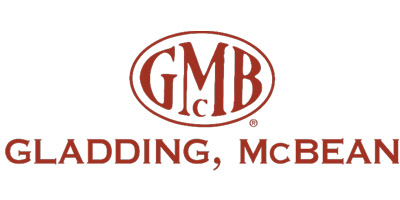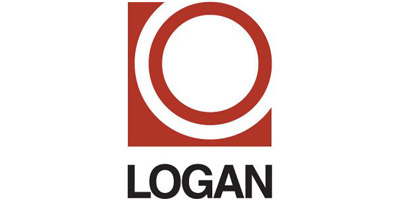Do Clay Pipe Joints leak?
Modern VCP joints do not leak. Clay Pipe manufactured in the U.S. since the 1950s has durable, factory-applied flexible compression joints and couplings that effectively eliminate water leakage while providing the needed flexibility. Misinformation about leaking joints is attributed to the long service life of clay pipe installations of well over a century in service. Clay pipe installations over 70-years old may have field-manufactured joints that may not meet current standards. All factory-applied clay pipe jointing systems, whether on bell-and-spigot pipe, plain-end pipe, or jacking pipe are designed to provide resilience and flexibility to accommodate minor pipe movement while maintaining a strong, leak-free joint.
All compression type jointing methods for VCP meet the prerequisite of ASTM C425, which requires that the joints not leak when subjected to both shear load and deflection. With proper installation, a clay pipe sewer system can meet or exceed standards for infiltration or exfiltration.
Do the material properties of VCP change over time (like plastic)?
No. Vitrified Clay Pipe products are ceramics. Their material properties are unaffected by time or temperature.
Does vitrification increase the strength of the VCP wall?
Yes. Vitrification occurs in the kiln at about 2000°F. The high temperature fuses the clay molecules together into a homogeneous ceramic.
Clay pipe manufactured before the 1950s may not be fully vitrified and may also have laminations within the body of the pipe, both resulting in lower strengths.
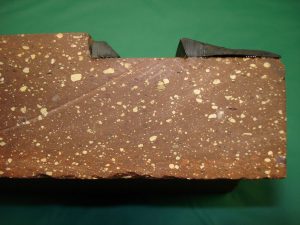
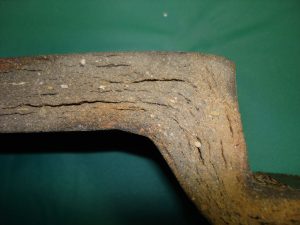
What are the dimensions of VCP?
Clay Pipe is manufactured to a three-edge bearing strength specification, not overall dimensional criteria. ASTM C700 provides manufacturing dimensional tolerances as well as minimum three-edge bearing strengths. Wall thicknesses vary by pipe size and manufacturer. Please contact the pipe manufacturer to get specific information.
It is difficult to get dimensional information for older pipe.
Over the 200+ years that clay pipe has been manufactured in the U.S., several different classes or strengths of pipe have been used. A number of manufacturers are no longer in business and it can be very difficult to identify which manufacturer made a given pipe.
What ASTM standards are used in the design, testing & installation of VCP?
- ASTM C12 Standard Practice for Installing Vitrified Clay Pipe Lines
- ASTM C301 Standard Test Methods for Vitrified Clay Pipe
- ASTM C425 Standard Specification for Compression joints for Vitrified Clay Pipe and Fittings
- ASTM C700 Standard Specification for Vitrified Clay Pipe, Extra Strength, Standard Strength and Perforated
- ASTM C828 Standard Test Method for Low-Pressure Air Test of Vitrified Clay Pipe Lines
- ASTM C896 Standard Terminology Relating to Clay Products
- ASTM C923 Standard Specification for Resilient Connectors Between Reinforced Concrete Manhole Structures, Pipes, and Laterals
- ASTM C1091 Standard Test Method for Hydrostatic Infiltration Testing of Vitrified Clay Pipe Lines
- ASTM 1208 Standard Specification for Vitrified Clay Pipe and Joints for Use in Microtunneling, Sliplining, Pipe Bursting and Tunnels
What is the tensile strength of a VCP joint?
The minimum shear loads on assembled VCP joints are specified in ASTM C425 and ASTM C1208 (for jacking pipe). These loads are variable based on pipe diameters and far-exceed the permissible shear loads of most competitive products.
What is vitrification?
The term “vitrified” refers to the fired state of a ceramic. Vitrified clay has been fired at temperatures of 2000°F (1100°C) to make it very strong, hard and dense. At this temperature, vitrification occurs as the clay mineral particles become fused into a chemically inert and stable material. Today’s Clay Pipe has high bearing and compressive strength and is unique in its corrosion and abrasion resistance. The high quality of Vitrified Clay Pipe (VCP) is maintained in accordance with standards issued by the American Society for Testing and Materials (ASTM).
What’s the difference between VCP and Terra Cotta?
Terra cotta is a non-technical term that can be used to describe a color, a type of wall cladding, pots and other ceramic products that can vary greatly in strength and composition, but are generally manufactured to have a high porosity. Terra cotta, when describing a pipe refers to a material fired to approximately 1200°F. Vitrified Clay Pipe is fired to over 2000°F to fuse the molecules resulting in a ceramic with high strength and low porosity.
Can VCP be used in deeper cover depths? -- Deeper than plastic pipes?
VCP lines at depths over 70 feet are not uncommon. Clay pipe is a rigid conduit that brings its own structure to the trench, whereas PVC is a flexible conduit relying on bedding and sidefill support for structural integrity.
How does VCP perform in seismic events?
VCP holds up very well in seismic zones. The short lengths (as compared with other materials) and flexible compression joints can take both angular deflection and shear forces to endure the lateral waves. VCP sections do not deflect or deform with loading changes. The clay pipe manufacturers have been industry leaders in the development of seismic cushions within the joints. Even before the introduction of the seismic cushion, in the few zones that have been studied following an earthquake, VCP lines were statistically the most likely to have survived a 7.1 quake.
The factory-applied flexible joint can take angular deflection and a tremendous amount of shear loading which are key elements in pipeline seismic resiliency.
What does ESVCP stand for and where is it used?
Extra-Strength Vitrified Clay Pipe (ESVCP). This is made and supplied for all gravity sewer installations. All pipe made today is ESVCP; years ago, a thinner walled pipe was manufactured and termed Standard Strength Vitrified Clay Pipe (SSVCP).
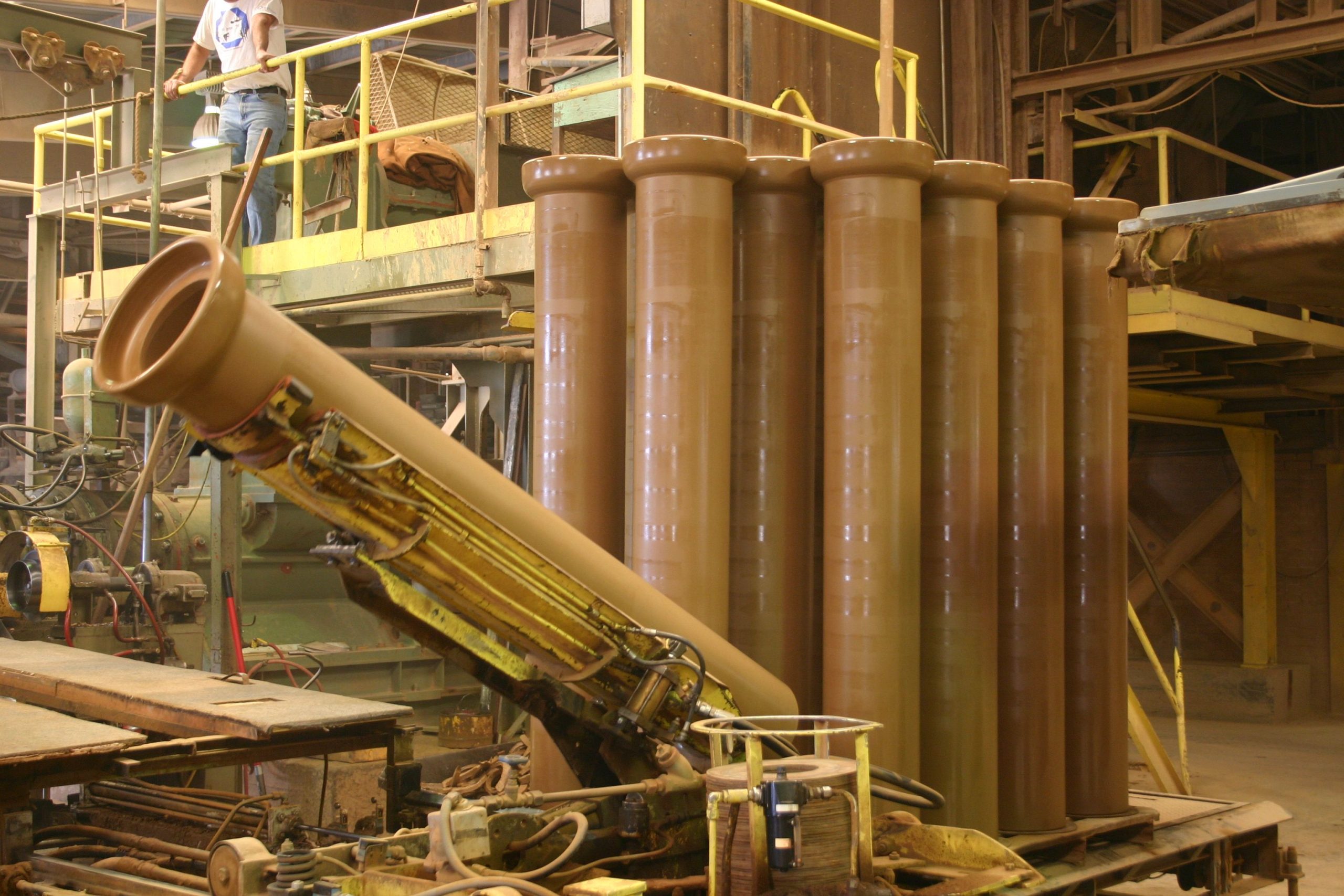
For complete technical information, download our Manual or one of our Handbooks.
*Qualifies for PDH Credits


